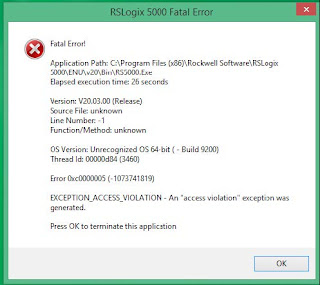Choosing a PLC
Choosing what PLC to use can be one of the toughest decisions you have to make when planning your control system. There is no one size fits all equation, so are here are some guidelines I use.
Brand - I'll be unpopular when I say this, but a PLC is a PLC when it comes to most capabilities. All of the major players such as Allen Bradley, Automation Direct, Mitsubishi, Omron, and Siemens have small, medium, and large scale PLCs. Always consider when brands the end user already is using. Things will always go smoother if the maintenance personnel are already familiar with the brand of PLC you choose. Also try to choose a brand that will have good local support for the end user if you are not in the area.
Size matters - Sizing a PLC is critical to the success of your project. Too small and you may max out your I/O on changes and additions. Too large and you may blow your budget. Make sure you leave room for expansion but don't break the bank.
- Count up your:
- Discrete input points
- Discrete output points
- Analog input points
- Analog output points
- Communications. Always have a port available on the PLC to communicate with it from your laptop without disconnecting other devices. With modern PLCs with multiple communications methods, there is no reason for this to happen.
- Will you need remote I/O? This can reduce installation time and troubleshooting in the long term.
- Will you system utilize an HMI? How will you communicate with it?
- Will you have a way to remotely monitor it from either the office across the plant or across the country? It is becoming a standard practice. Personally I like Ethernet but there are many options.


Comments
Post a Comment